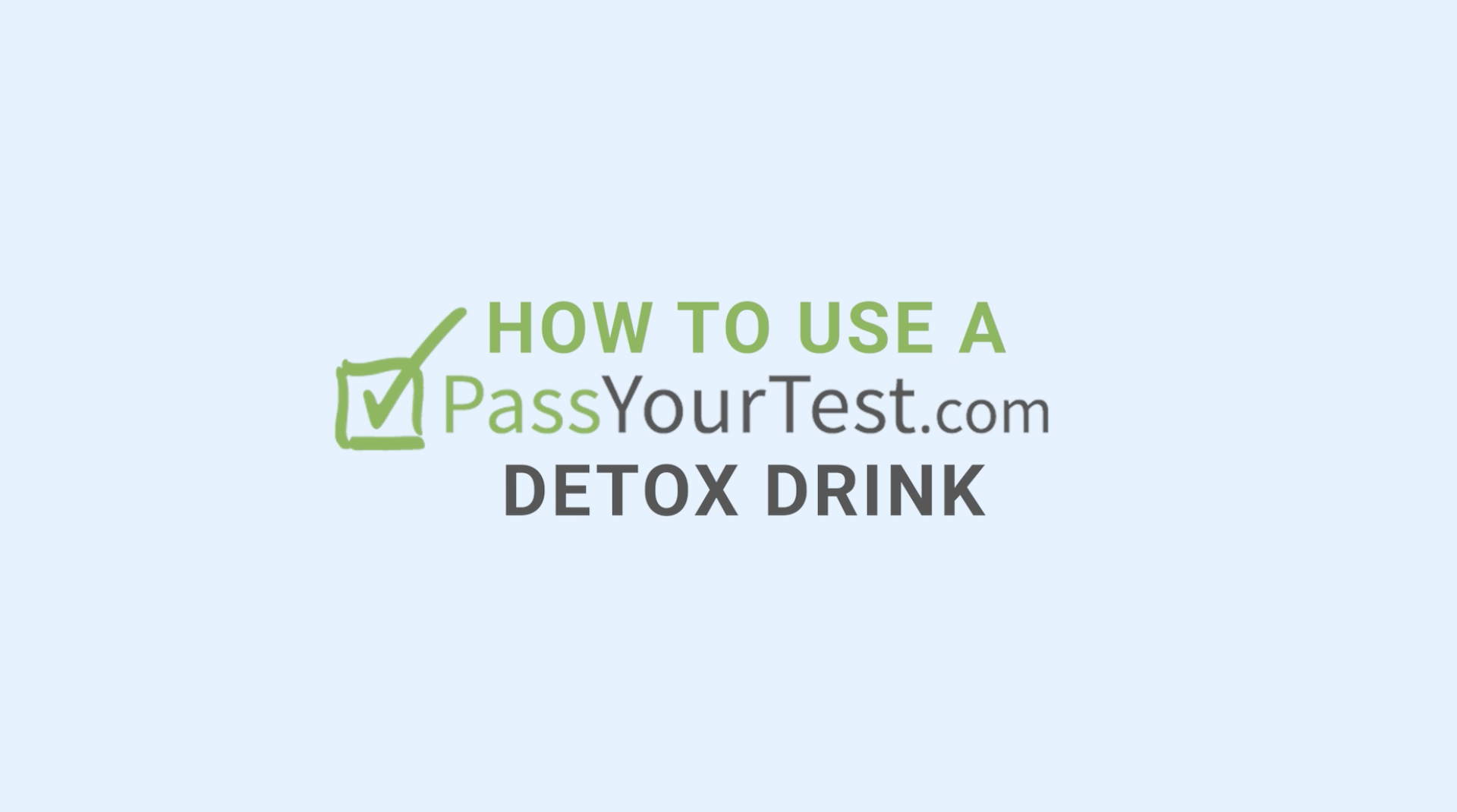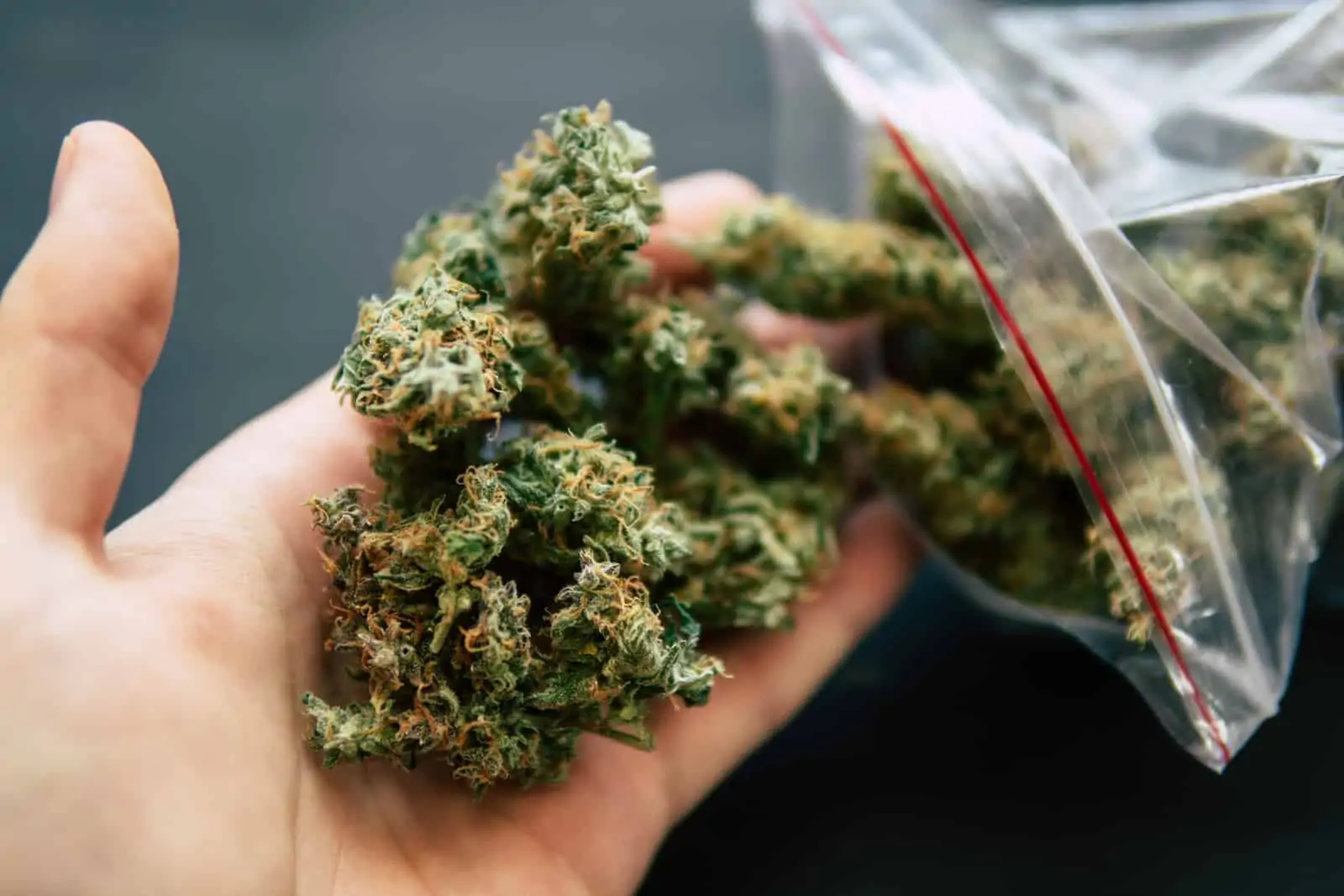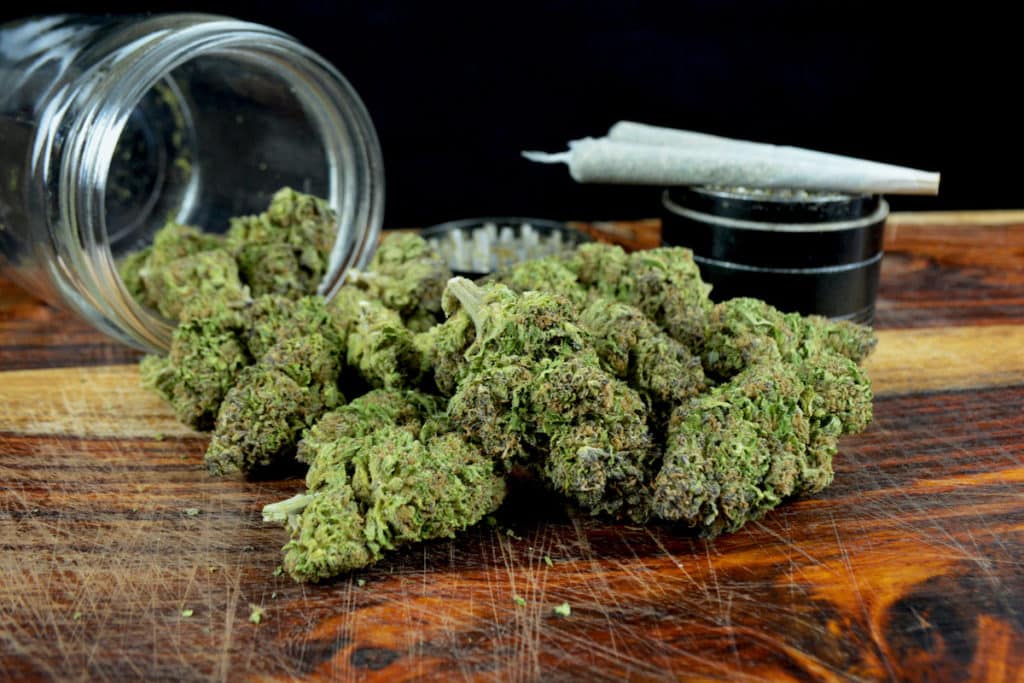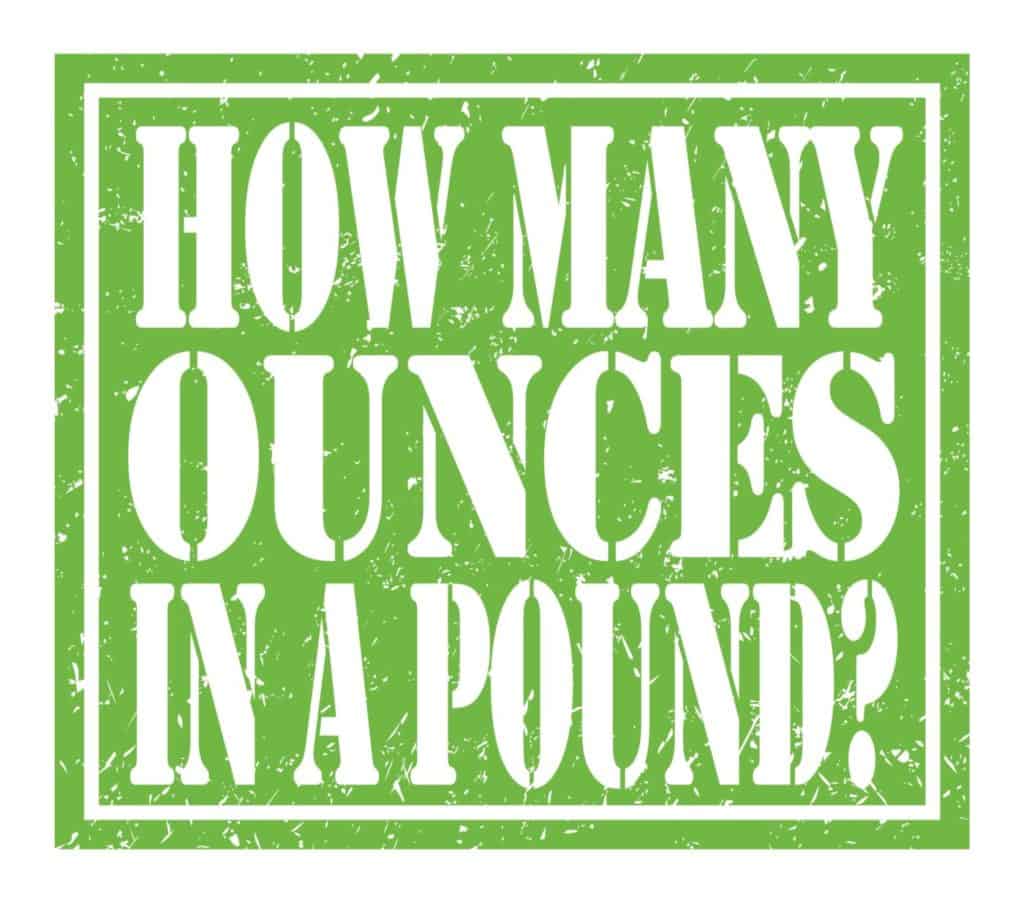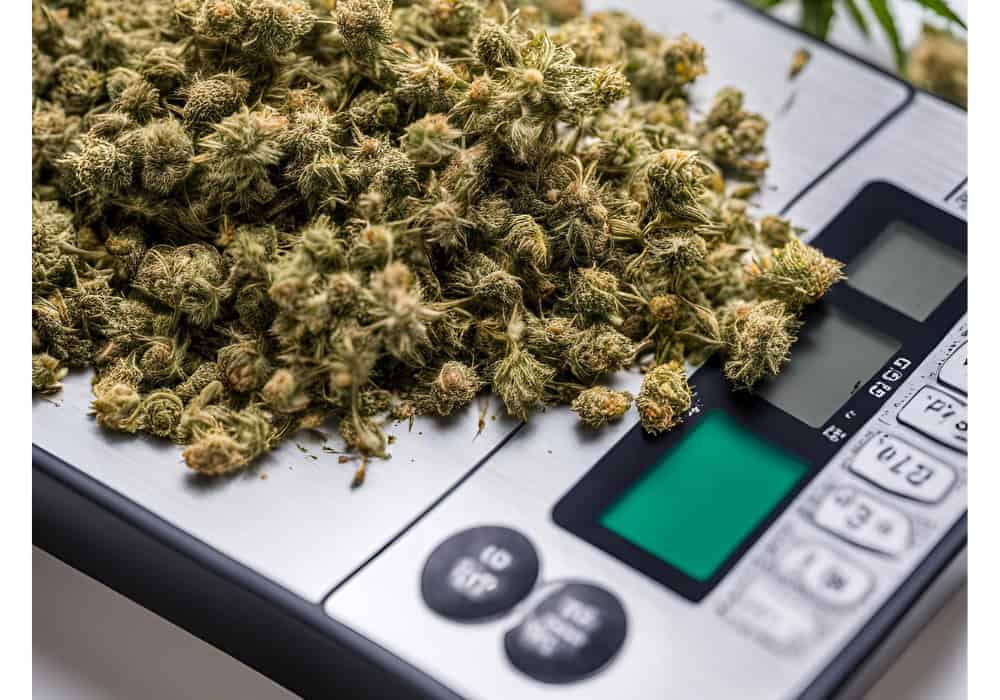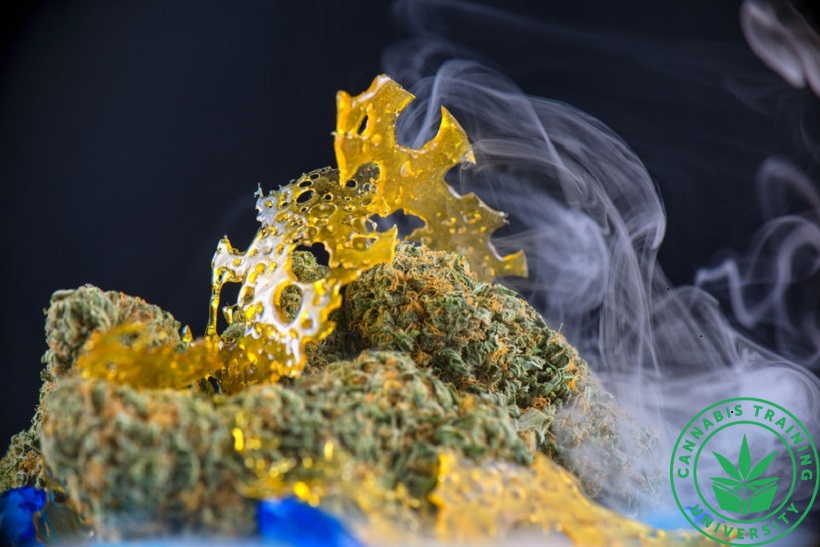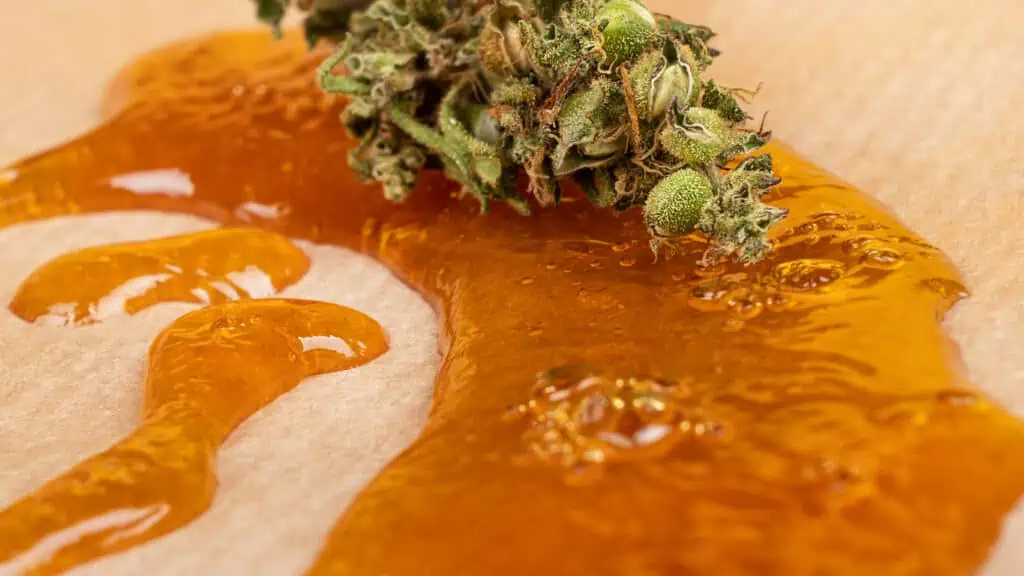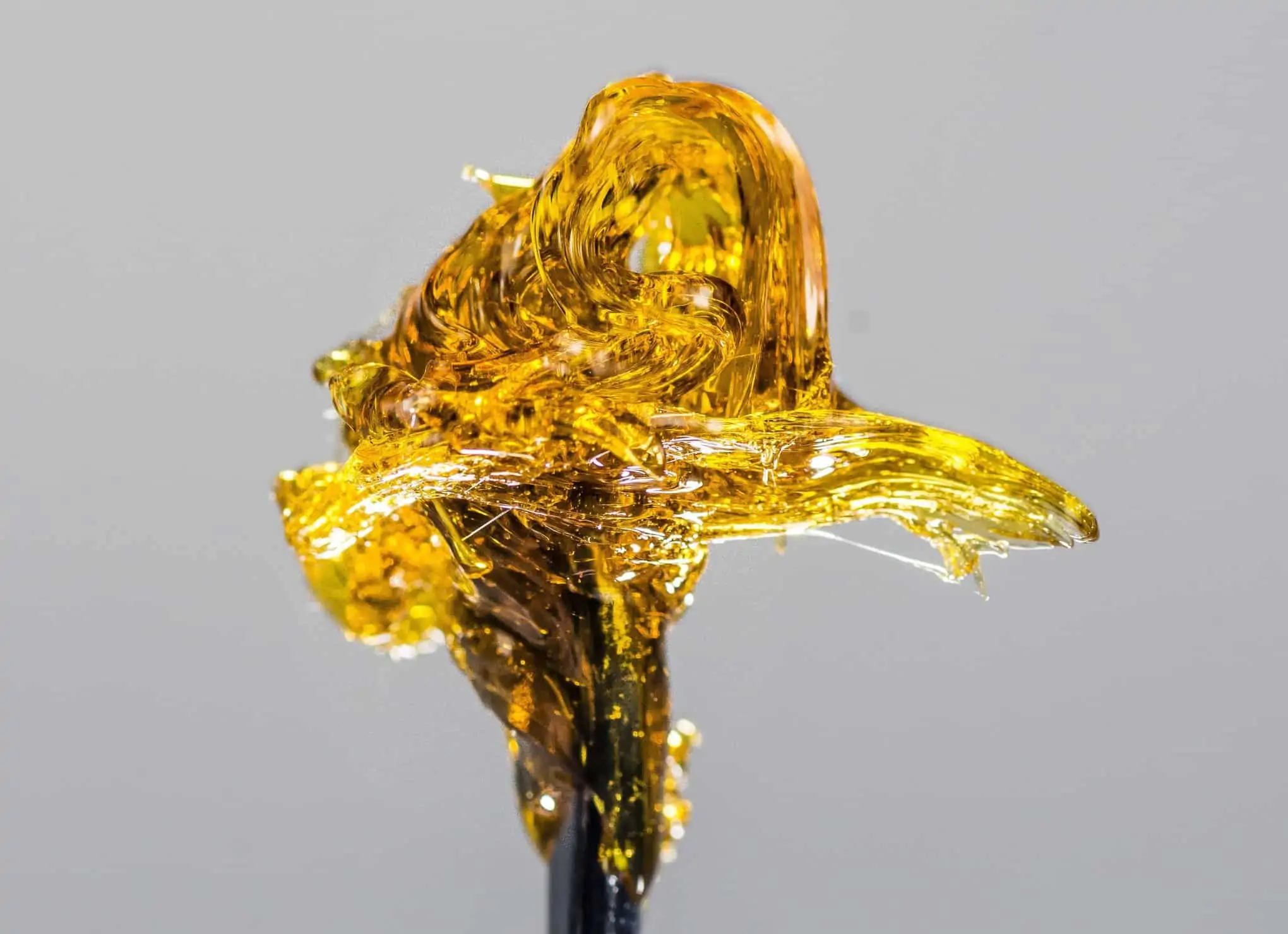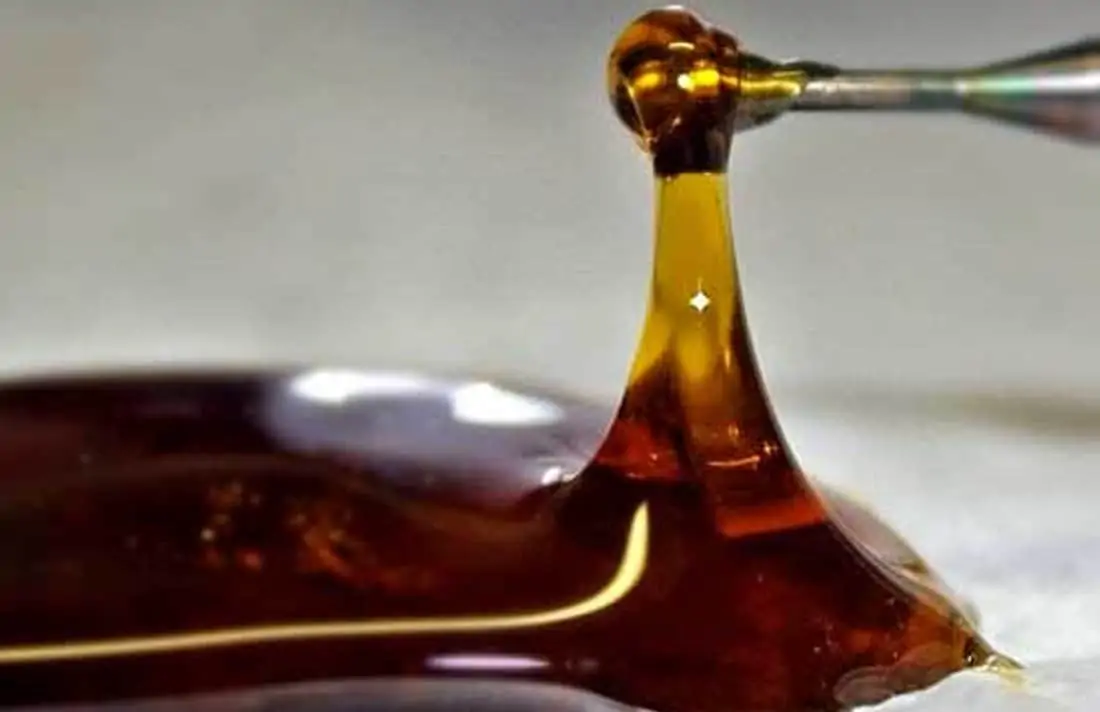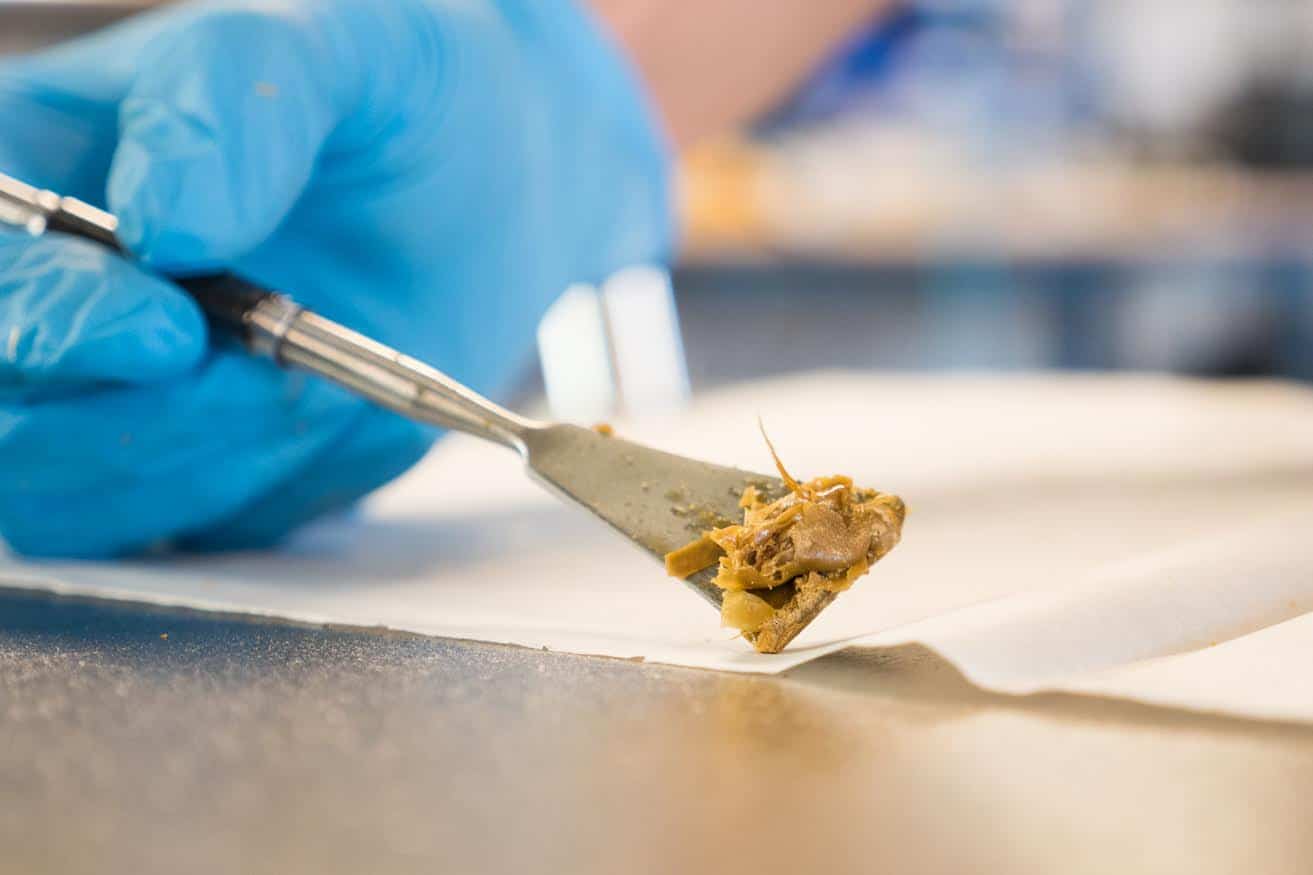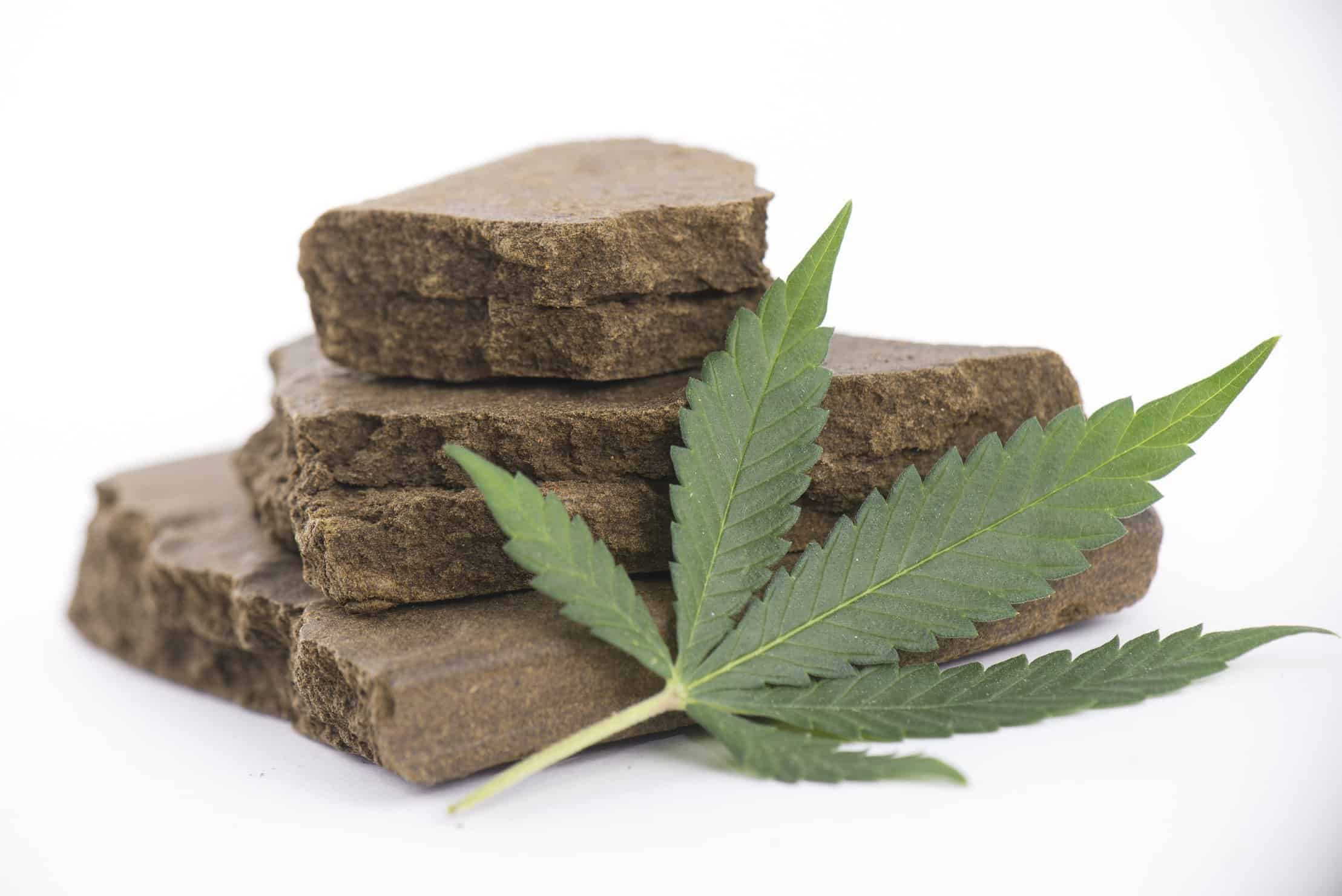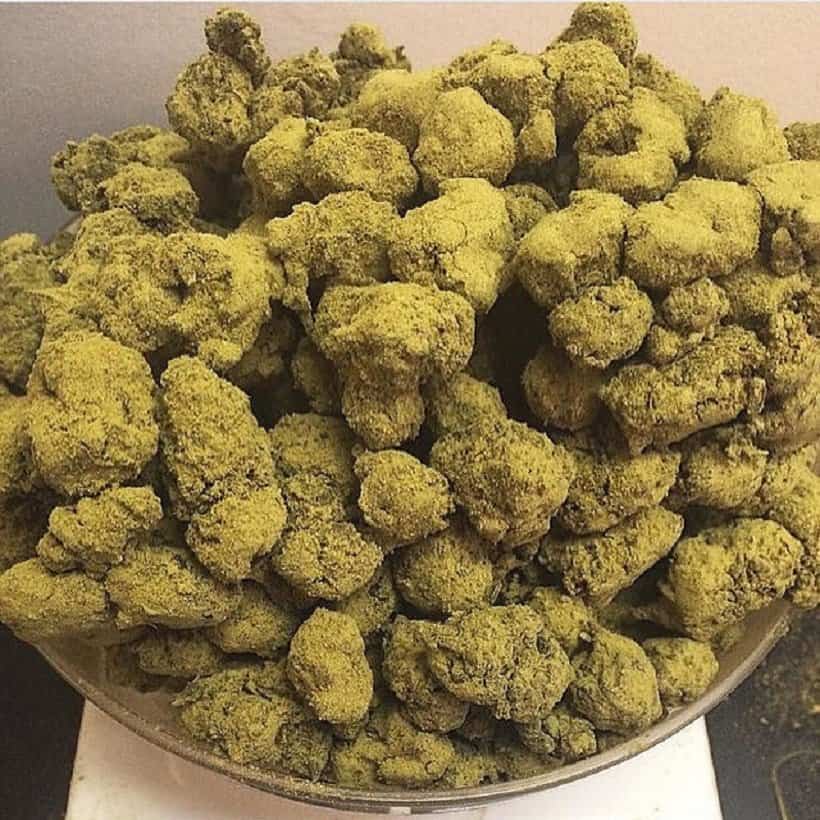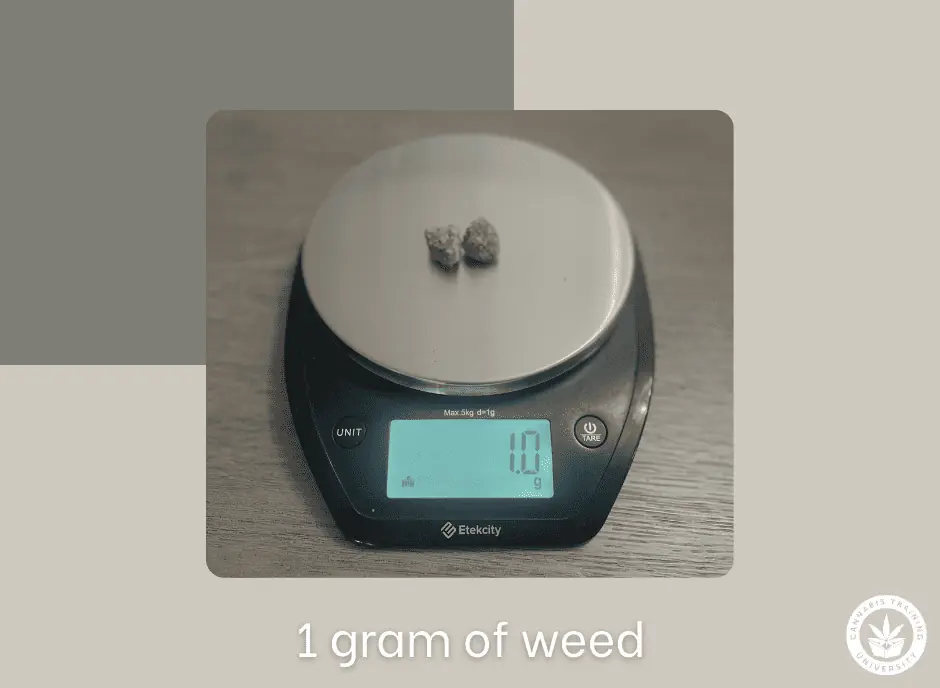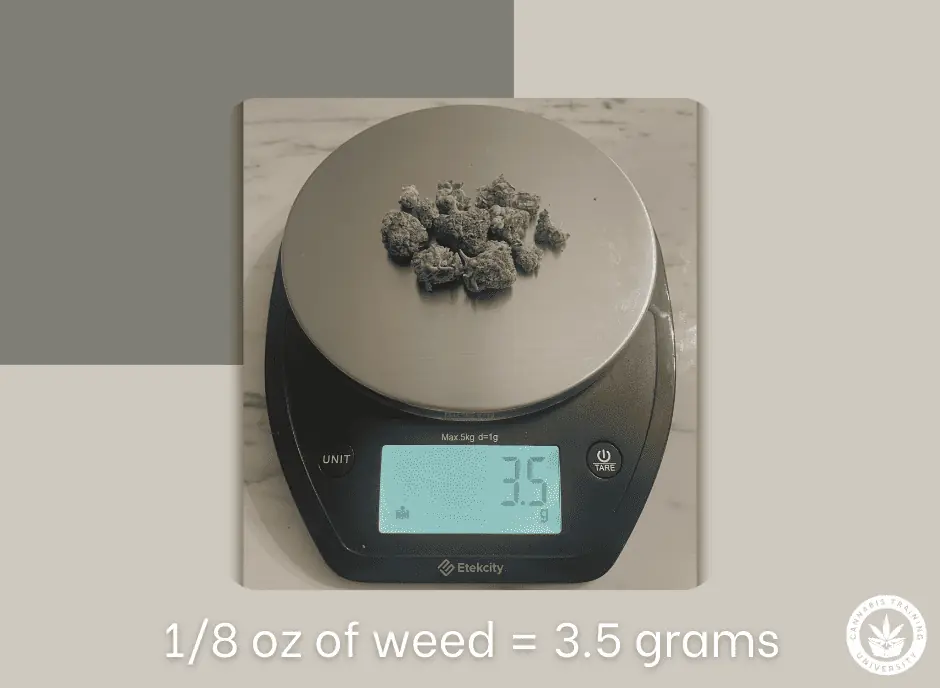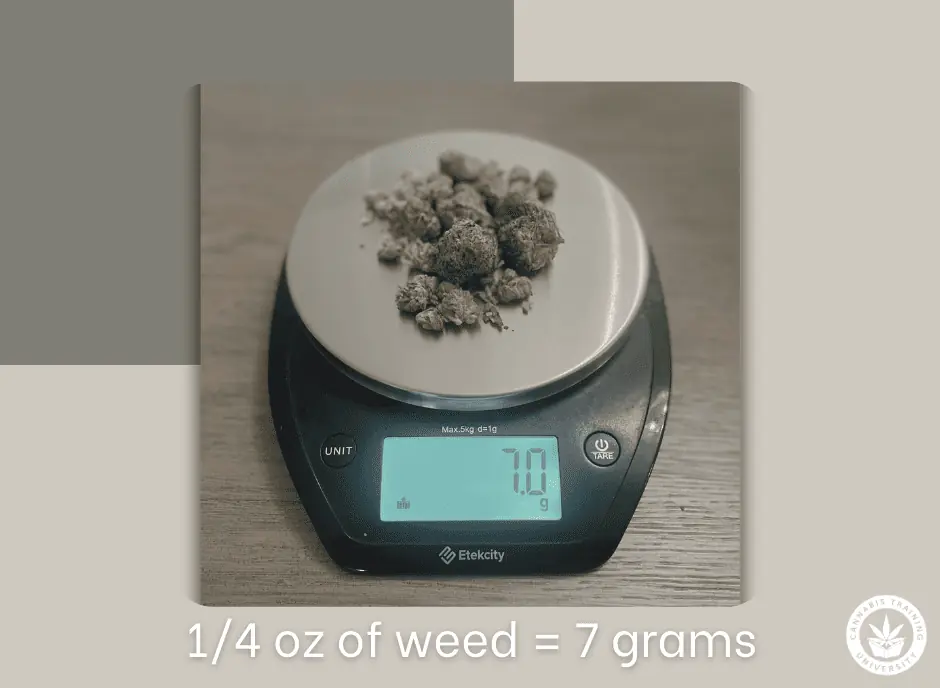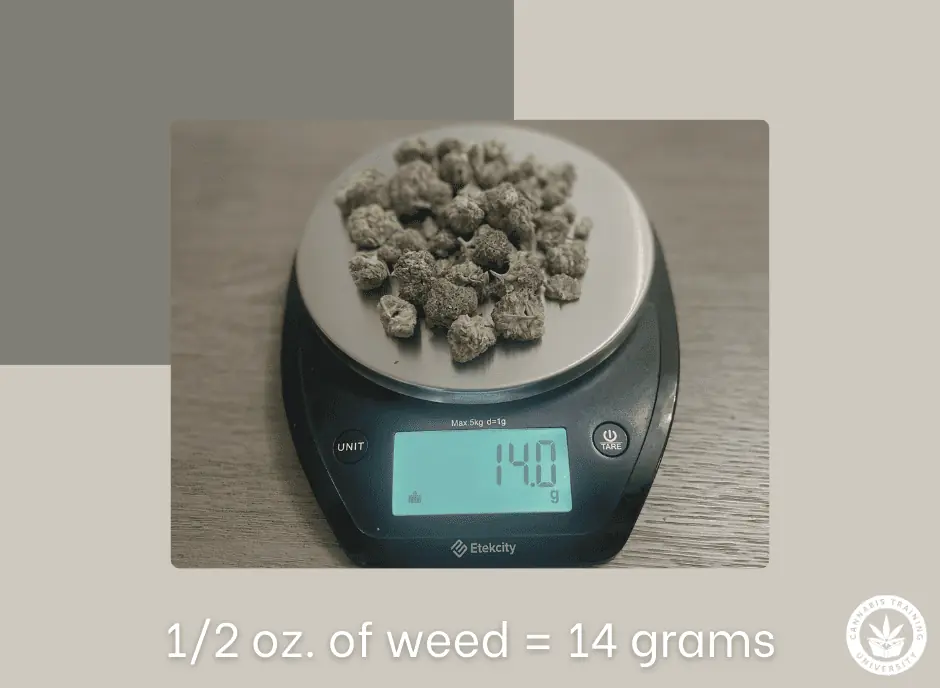We check out how to use Nutra Cleanse THC Detox Drinks.
How to use the Fail Safe Detox Drink
Hey, everybody—it’s Justin for Leafly. I’m here with another video (full video top of this page) from our friends at Pass Your Test. This time I’ll be taking you through Pass Your Test’s Same Day Fail Safe Detox Drink. If you need to detox in a hurry, then this kit will be sure to give you some peace of mind. So the Fail Safe Kit has two main parts, the clean shot and the clean capsule. If you like, you can also buy either the clean shot or the clean capsules independently, but if you’re a heavy cannabis consumer, like me, you’ll want to purchase the whole kit.
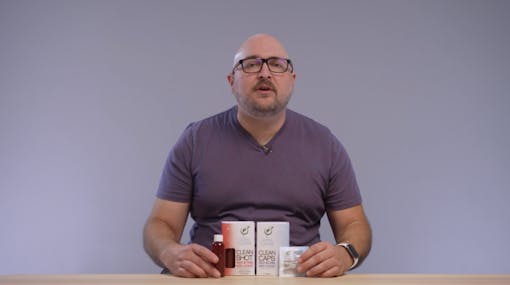
What’s in the Fail Safe detox drink?
The clean shot is one 2.5-ounce drink that contains incredible natural detoxification ingredients like psyllium husk and cascara sagrada. The 12 clean caps that are included in the kit contain creatine and marshmallow root extract and all of these ingredients come together to form a detoxification dream team.

Instructions for the detox drinks
If you find yourself staring down a detox emergency, the first step, always the first step, is to stop smoking, vaping, or eating weed or however you take it. While a quick puff of the vape pen might calm your nerves, you’ll need to abstain until your detox is over.
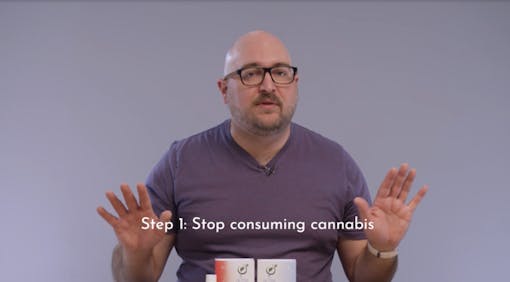
The beauty of the Fail Safe Kit is that it starts working in just 90 minutes and will keep you clean from THC for about 6 hours. The first step is to take the clean shot.
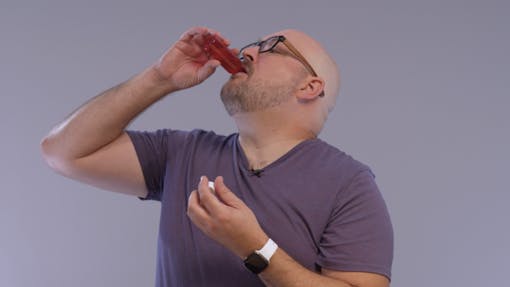
The next step is to take 4 clean capsules and then drink 12 ounces of water within 5 minutes of taking the shot. This will jumpstart your detoxification.
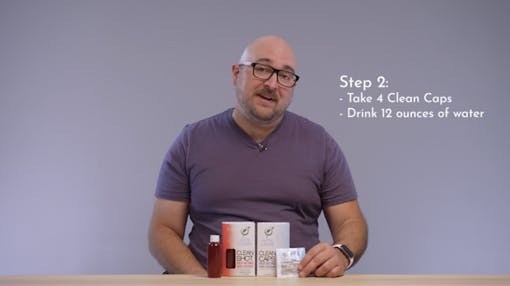
Wait about 10 minutes and then take another 4 capsules with another 12 ounces, then the final 4 another 10 minutes after that.
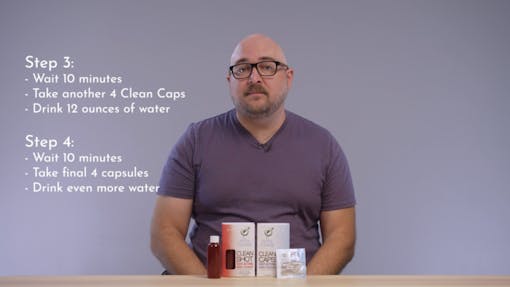
And that’s all you need to do! Well, you’ll also need to relieve yourself a whole bunch, so make sure a bathroom is nearby. And after you’ve peed 4 or 5 times at home, you’re free and clear for about 6 hours.
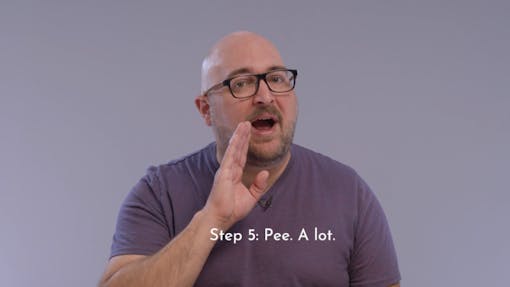
The Fail Safe Kit, the clean caps, and the clean shot are all available from PassYourTest.com and are 100% satisfaction guaranteed, or your money back. Pass Your Test has a whole lineup of detox products, including at-home test kits for THC and nicotine. Now let’s dive a little deeper into some other important reading.
What to consider when using a weed detox drink for a drug test
It’s essential to understand how THC interacts with your body to decide how best to tackle your detox. The THC in cannabis is fat-soluble, meaning it gets stored in your fat cells and organs. Our metabolism, weight, and frequency of use all factor into what a successful THC cleanse looks like.
For most people, it will take between four and six weeks from the last time you consumed marijuana for the traces of THC to fully leave the body naturally. This, of course, depends on the factors above, but generally, the more frequent & concentrated your cannabis use and a higher body fat level will mean more time required for THC traces to exit your system. In contrast, less frequent use and lower body fat levels typically mean a shorter cleanse period to rid your system of unwanted toxins.
When to use detox drinks
Many people might find they need a detox product designed to work fast. If you do not have time for a five- or ten-day permanent cleanse, detox drinks are the perfect product for you.
Designed to work in as little as 90 minutes, detox drinks provide a clean result for up to six hours. Made up of a liquid concentrated detox drink and detoxifying capsules, these products are the best option when you’re facing a short timeline.

The detection times for THC in different types of drug tests range. Keep in mind that these detection times are approximate and can vary based on individual factors such as metabolism, frequency of use, dosage, and overall health.
Urine testing
Urine testing is the most common method for detecting THC in drug screenings. It is highly sensitive and can detect THC and its metabolites over a more extended period compared to other methods.
- Occasional consumers: THC can be detected in urine for up to 3-7 days after use.
- Regular consumers: For individuals who consume cannabis frequently, THC metabolites can be detected in urine for up to 30 days or more.
- Heavy consumers: Up to 60 Days.
Hair follicle testing
Hair follicle testing provides a long-term history of cannabis consumption, but it takes longer for THC metabolites to be detectable in hair.
- Detection window: THC metabolites can be detected in hair for up to 90 days or more after use.
Know the best detox product option for you
People with daily exposure, a weight of over 200 pounds, who have high body fat, or who have experienced exposure to concentrated toxins will want the strongest detox drink. Those that have a long time window or wish to be permanently cleansed after their program will want a detox kit. Consider the detox shampoo if you’re cleansing in preparation for a hair follicle test.
Carefully follow the directions
Same-day detox drinks take a precise following of the directions to be effective. You will need your phone for this and reminder alerts are your friend. The key to getting this right is timing your use of a detox drink properly around three hours before you want a clean result and urinating the set amount of times required prior.
How to know if the same-day Fail Safe detox drink is for you
The first step on any detox journey is to decide which detox drink is right for you. We’ve written a previous article that goes into more detail on all the options available, but to summarize, you’ll want to balance the number of toxins that are likely to be in your system, the amount of time you have before your detox deadline, and the size of your body. Pass Your Test has a convenient questionnaire on its website that can help you take some of the guesswork out of the equation.
If you’re a daily, or even multiple times a week, cannabis consumer and you need a quick detox, then you’ll be best served by the Fail Safe detox drink, which contains two parts—the Clean Shot and the Clean Capsules. The Shot and the Caps are also available for purchase separately, but customers who want to be completely sure of the potency of their detox aid should opt for the whole kit.
If you are looking to cleanse yourself of toxins permanently, say to start a new chapter of healthy living or to enhance a t-break, then PassYourTest offers a bevy of long-term cleanses, like the five-day “Extreme” kit or the ten-day “Ultra” detox kit. These cleanses will purge your body of all sorts of toxins, even for the most dedicated cannabis consumers.
How to use the Fail Safe Detox drink
Ideally, even in a short-notice situation, you should have at least 24 hours warning before your detox deadline. You mustn’t consume anything that could add to your body’s toxicity levels in the window before then; that means not consuming cannabis in any form, edible, smoke, or vapor. It’s tough news to hear, we know, but no detox drink is that strong.
Once you’ve got the Fail Safe detox drink in hand, wait until about ninety minutes before your cleansing deadline and shake the shot bottle well before drinking it. Within five minutes of downing the Clean Shot, take four of the Clean Capsules with at least twelve ounces of water. You can’t really overdo it when it comes to hydrating before a detox, so make sure to keep your water bottle full. Wait ten minutes, then take another four of the Clean Capsules with another twelve ounces. Repeat that past step two more times to finish the capsules, and make sure to wash them down with plenty of water.
Finally, you’ll need to try to urinate as often as possible before your detox deadline. Pass Your Test recommends urinating at least five times to ensure that your urine will be toxin-free by the time you reach your detox deadline. If you follow all these steps, then Pass Your Test guarantees your urine will be toxin-free for up to five hours.
While that may seem pretty straightforward, Pass Your Test knows that unexpected complications can always arise. So, to ensure that your detox goes as smoothly as possible, Pass Your Test also includes a free download of their Fail Safe detox guide with your purchase of the Fail Safe kit. Between this article, Pass Your Test’s guide, and our video at the top of this page, you should be all set to nail your detox.
Some notable ingredients in the Fail Safe Detox Drink and Capsules:
Echinacea Purpurea (Purple Coneflower): Echinacea Purpurea is known for its ability to support the immune system. It’s commonly used to fortify the body’s natural defense mechanisms, potentially enhancing overall immunity. Additionally, its anti-inflammatory properties support the body’s natural detoxification processes.
Punica Granatum (Pomegranate): Pomegranate is rich in antioxidants, making it excellent for detoxification support. Its nutritional profile supports heart health and may contribute to maintaining healthy blood circulation. The fruit is also beneficial for digestive wellness.
Vaccinium Macrocarpon (American Cranberry): American Cranberry is highly regarded for its antioxidant properties. It supports urinary tract health and contributes to the body’s natural cleansing processes.
Garcinia Mangostana (Mangosteen): Mangosteen is valued in traditional medicine for its anti-inflammatory and antimicrobial properties, contributing to overall skin and cellular health. It’s also known for its potential in supporting digestive health and detoxification.
Organic Plantago Ovata (Psyllium): Organic Plantago Ovata, commonly known as Psyllium, is an excellent source of soluble fiber, promoting digestive health and regularity.
Paullinia Cupana (Guarana): Guarana is a natural source of caffeine, known for enhancing mental alertness and reducing fatigue. It aids in improving focus and concentration, and its metabolism-boosting properties can contribute to overall energy levels.
Rhamnus Purshiana (Cascara Sagrada): Cascara Sagrada supports regular bowel movements and overall digestive health. It aids in the muscular activity of the colon and contributes to the body’s natural waste elimination processes, promoting a healthy digestive system.
Green Tea (Camellia Sinensis): Green Tea is celebrated for its high antioxidant content, particularly catechins, which support overall cellular health. It contributes to maintaining vitality and energy levels, and is often used to support metabolism.
Goldenrod (Solidago Virgaurea): Goldenrod is known for its support of the urinary tract and kidney health. It aids in promoting healthy fluid balance and supports the body’s natural detoxification processes.
Dandelion (Taraxacum Officinale): Dandelion is recognized for its nutritional content, including vitamins and minerals, which may support liver health and aid in digestion. It is also known for supporting the body’s natural detoxification process.
Marshmallow (Althaea Officinalis): Marshmallow is traditionally used for its soothing properties. It supports mucous membrane health and contributes to maintaining healthy skin. The herb is also beneficial for supporting digestive health.
Red Clover (Trifolium Pratense): Red Clover is rich in isoflavones and other nutrients, known for supporting general well-being. It contributes to maintaining healthy skin and supports the body’s natural cleansing processes.
Cranberry (Vaccinium Macrocarpon): Cranberry, with its high antioxidant content, is beneficial for supporting urinary tract health. It contributes to the body’s natural defense mechanisms.
Parsley (Petroselinum Crispum): Parsley is a nutrient-rich herb, high in vitamins and antioxidants, which supports overall health. It’s known for its role in promoting healthy digestion and is also valued for its potential in supporting balanced blood sugar levels.
Before you go, if you haven’t already, be sure to watch as we take a look at detox drinks from PassYourTest.com in the video at the top of this page. You won’t want to miss it!



